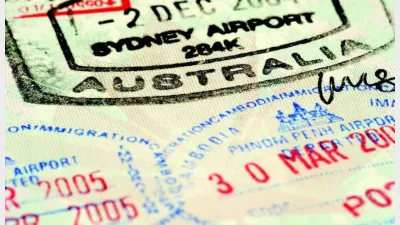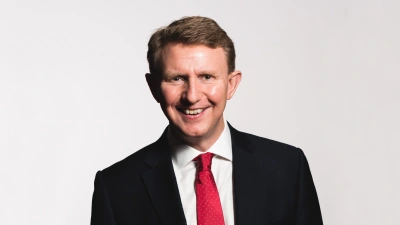Spotlight on research conflicts


The scrutiny of investment research business models continues, this time with Standard & Poor’s (S&P) putting the spotlight on what it sees as other potential sources of conflict within Australian investment research houses.
S&P employs a pay-for-ratings model — one which has been scrutinised in recent months for the potential for conflicted fund ratings. In a short white paper authored by S&P Fund Services managing director Mark Hoven, the group has argued that even those research houses that don’t accept direct payments from fund managers do receive indirect payments, and as such are vulnerable to potential conflicts that must be managed.
For example, Hoven pointed to potential issues where research houses manage their own multi-manager products, with rival research house van Eyk Research being the most prominent example. Hoven said in those circumstances there must be a firewall between the rating process and negotiations regarding the manager’s inclusion in the multi-manager product.
Hoven also called for the separation of fund rating and model portfolio consulting activities in all research houses, as well as a broader firewall between commercial and analytical responsibilities.
“For example, it may not be appropriate for the head of the fund research business or other staff with commercial responsibility to opine on analytical matters, attend fund rating committees, or be involved in rating decision-making as their involvement may be perceived to unduly influence analyst opinions.”
S&P called for analysts, as well as their immediate families, to be prevented from trading in or owning the investments they research.
Where research houses are paid by managers for ratings, Hoven said fees should be “set and paid before the fund rating process begins so that the level of compensation is not dependent on the rating outcome, and to eliminate the potential to influence analytical outcomes”.
S&P also called for researchers to provide demonstrable track records showing how their fund ratings have performed over a full investment cycle — something S&P has been working towards but unable to deliver to date.
Recommended for you
With Fortnum Private Wealth and Professional Financial Services now unified under the Entireti umbrella company, CEO Neil Younger has detailed to Money Management the firm’s new direction and future expansion.
The FAAA has suggested looking offshore for overseas financial advisers to ease the adviser shortage, but are employers willing to take on the burden of workplace visas?
There may be a huge influx of alternatives coming to the market, but timing and access difficulties mean advisers can easily end up disappointed with their selection, according to Morningstar global CIO Dan Kemp.
An NSW individual has pleaded guilty to one criminal charge of providing unlicensed financial services after promoting crypto investments at national seminars.














